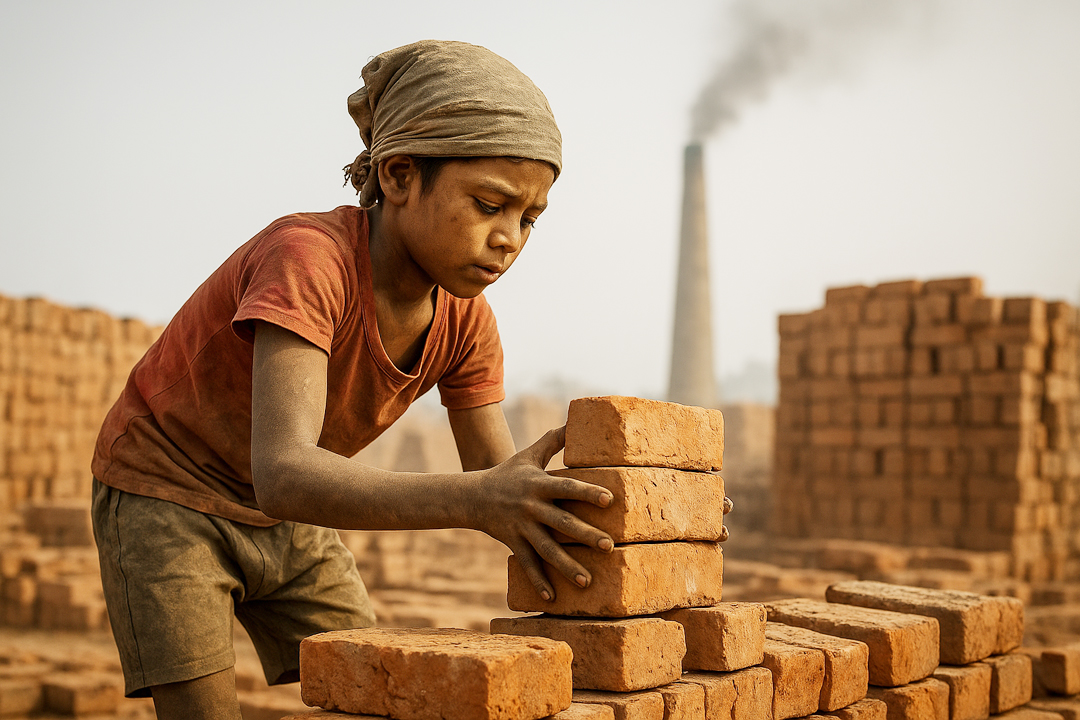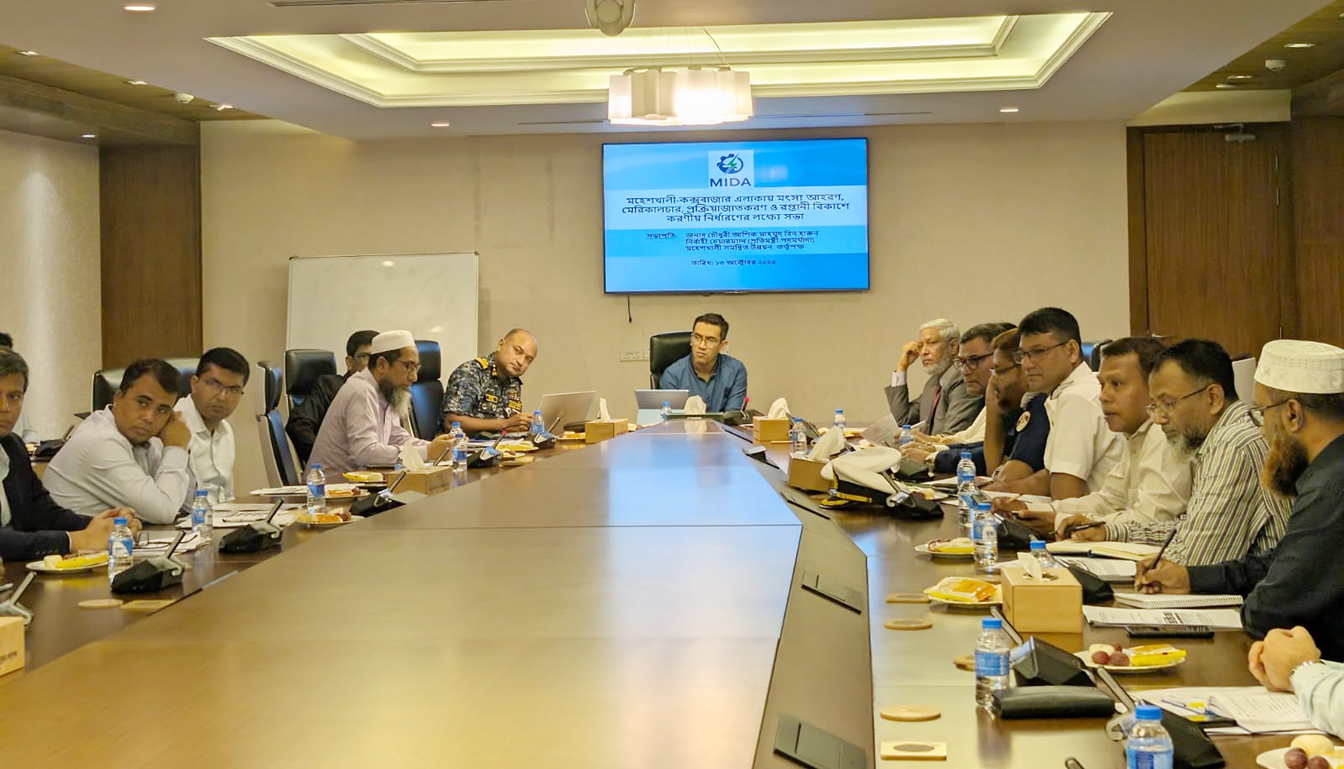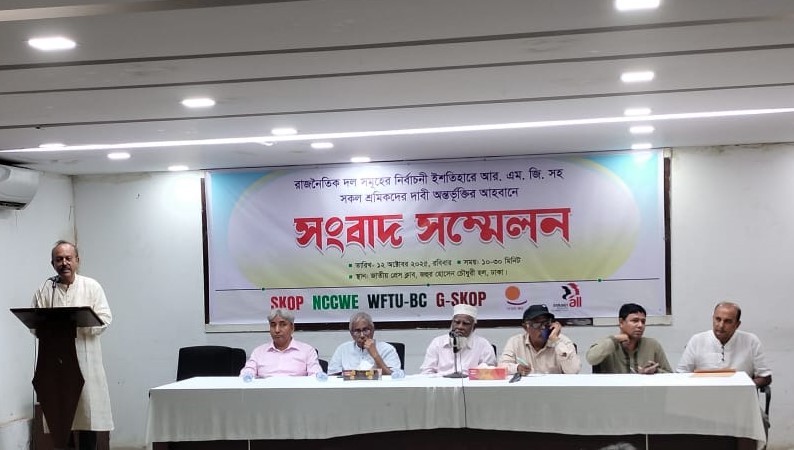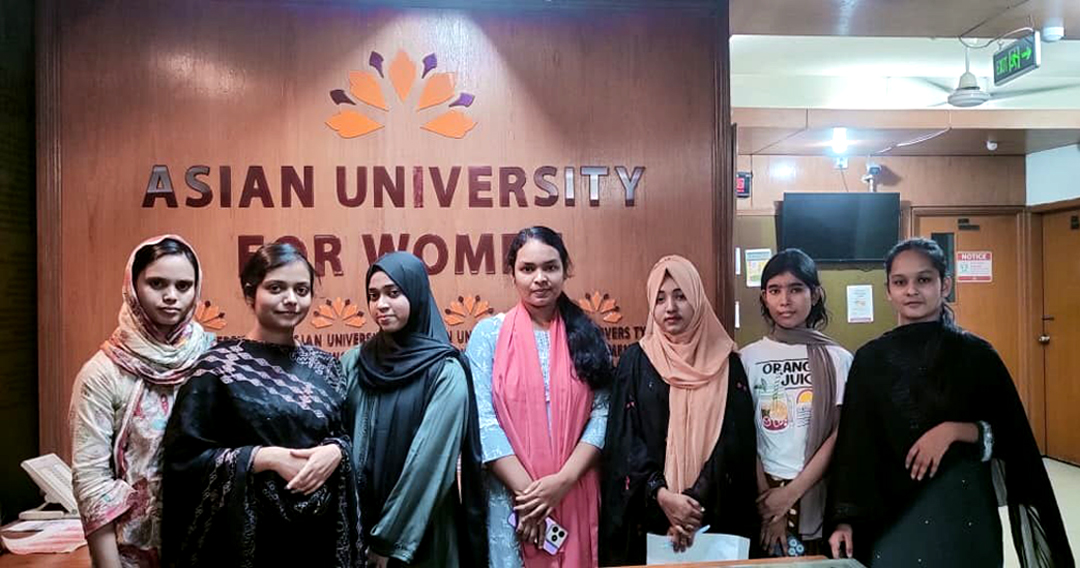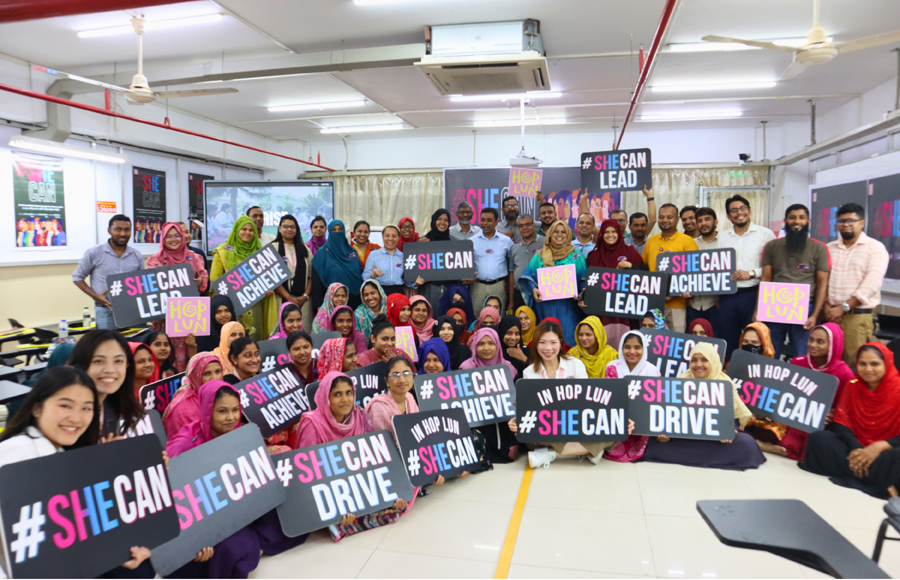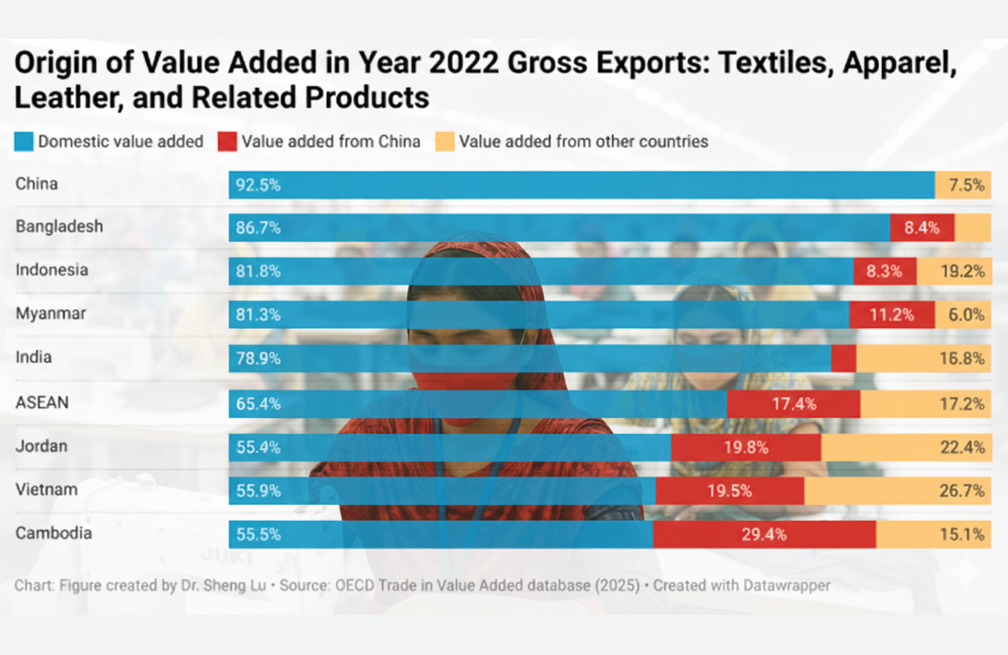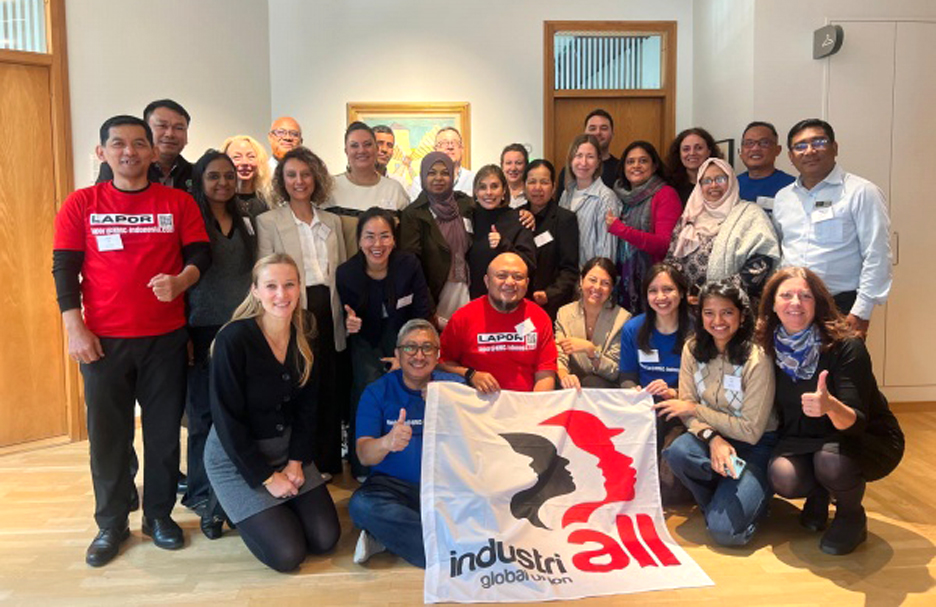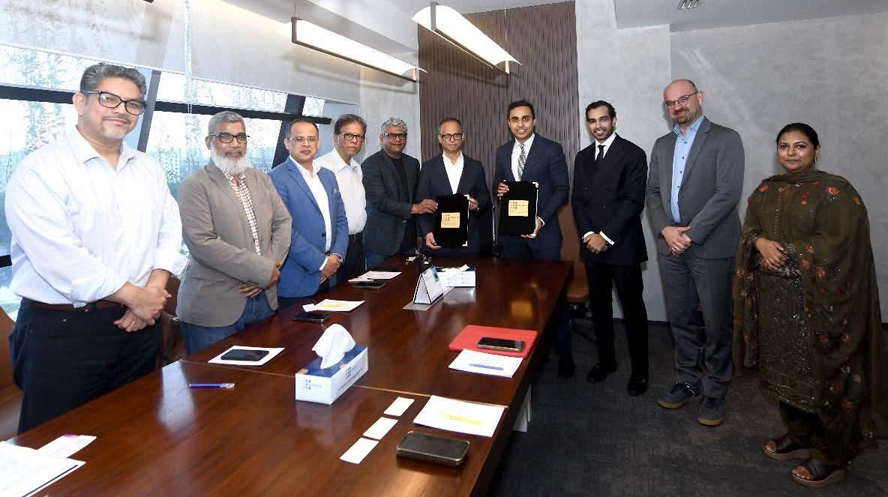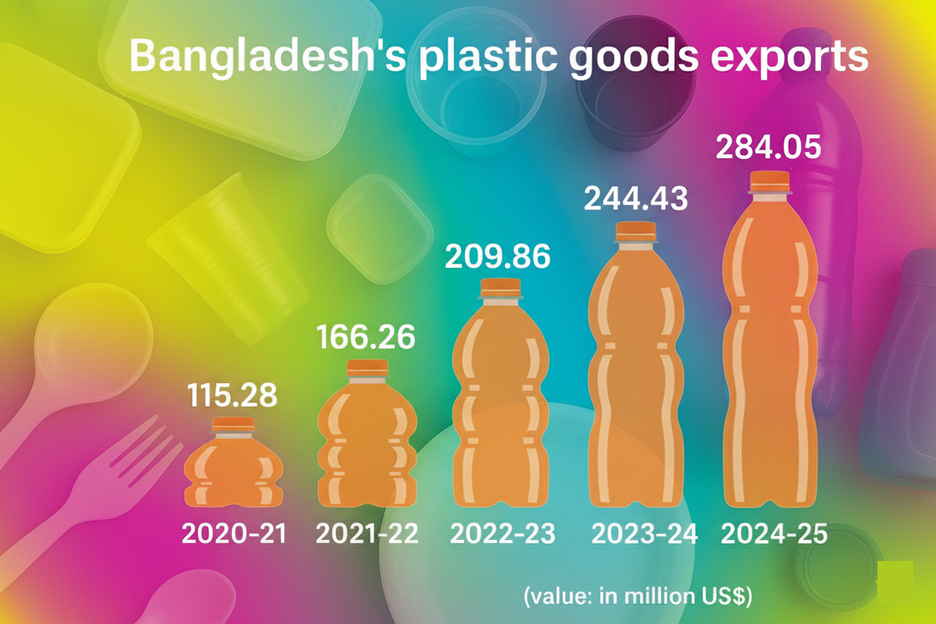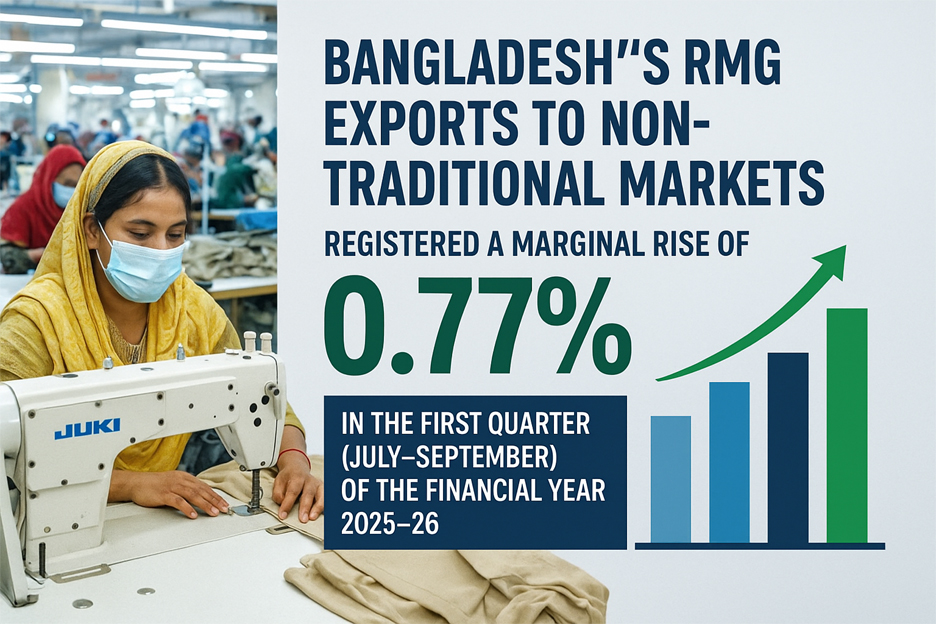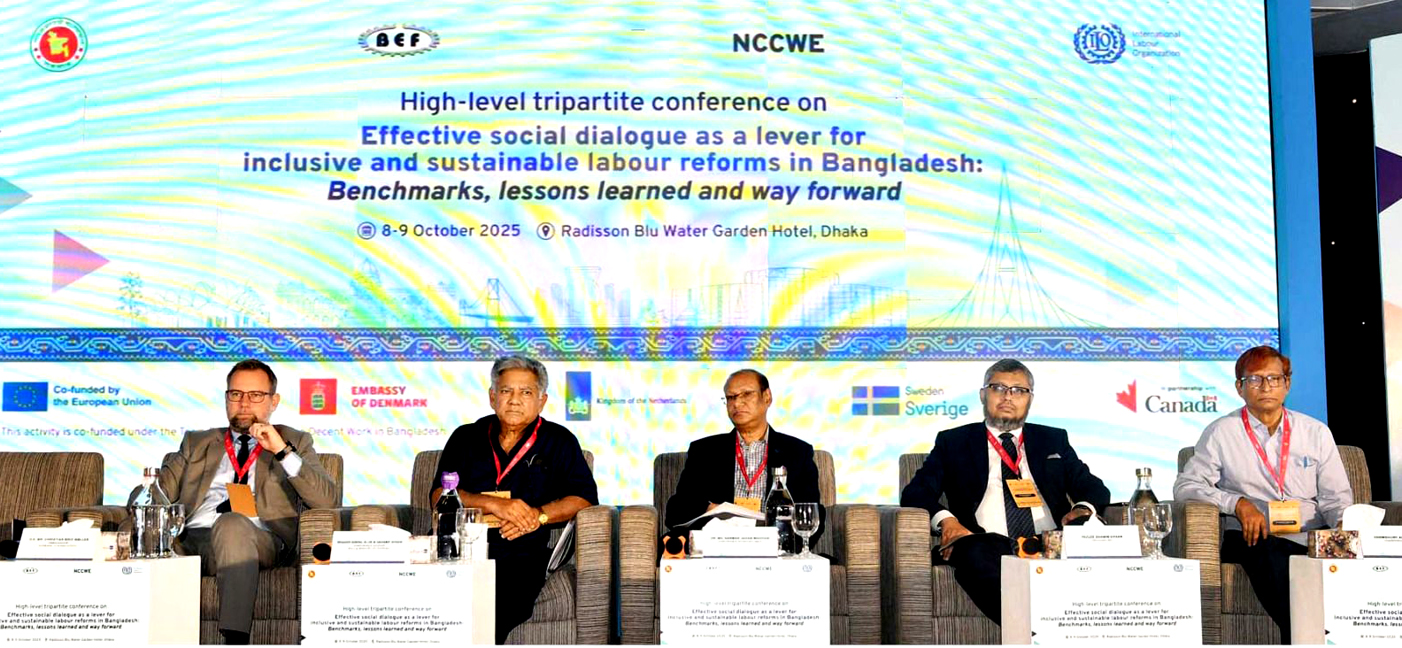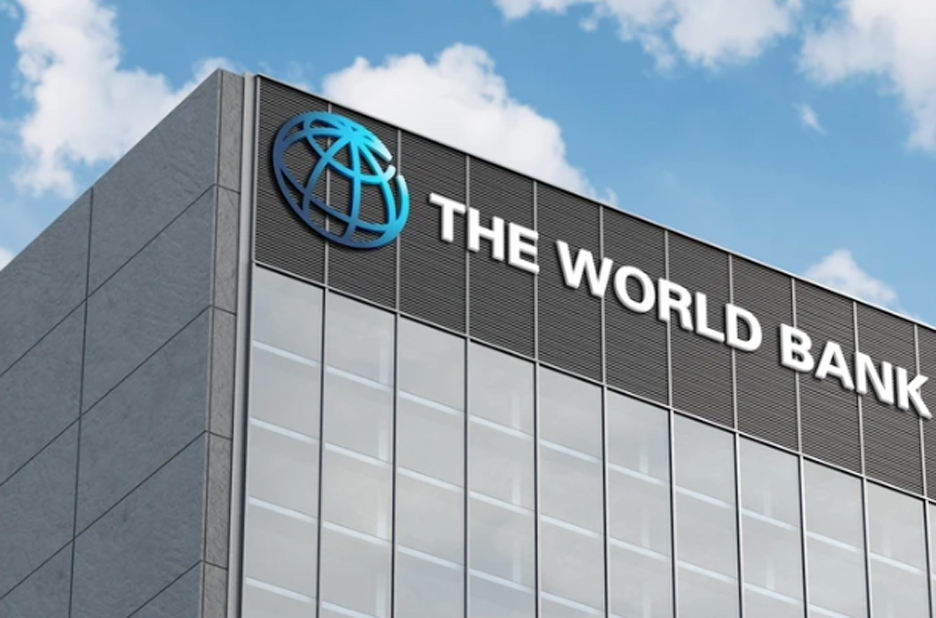The interim government has formed a 25-member executive committee to review the implementation progress of programmes undertaken to eliminate child labour across the country.
Headed by the labour secretary, the committee will determine the course of action required to accelerate the child labour elimination programme, according to a notification.
The Ministry of Labour and Employment issued a gazette on August 17 announcing the designated members of the committee, which includes representatives from relevant ministries and departments.
The committee also included senior representatives from the International Labour Organization (ILO), UNICEF, Save the Children, and other related organisations and NGOs, the notification said.
It will be responsible for coordinating activities among government departments, NGOs, and development partners, and for establishing mechanisms to harmonise their initiatives.
In addition, the committee has been tasked with implementing the decisions taken at divisional, district, and upazila monitoring meetings formed to eliminate child labour.
Meeting twice a month, the committee will analyse and review the overall child labour situation in the country and provide recommendations for the effective implementation of the National Child Labour Elimination Policy 2010 and the associated National Action Plan, according to labour ministry sources.
A recent joint report by the ILO and UNICEF titled ‘Child Labour: Global Estimates 2024, Trends and the Road Forward’ highlighted a sharp decline in child labour in the Asia-Pacific region, while noting that the overall prevalence in Bangladesh has remained stagnant.
The report found that hazardous child labour fell from 3.2 per cent in 2013 to 2.7 per cent in 2022, representing about 1.07 million children.
However, the overall proportion of working children aged 5–17 slightly increased from 8.7 per cent to 8.9 per cent over the same period.
The broader child labour rate, covering detrimental forms of work, remained relatively stable at 4.4 per cent in 2022, compared with 4.3 per cent in 2013.
Most working children remain in informal employment, often facing long hours and poor working conditions, underscoring the urgent need for sustained efforts to protect children nationwide.


